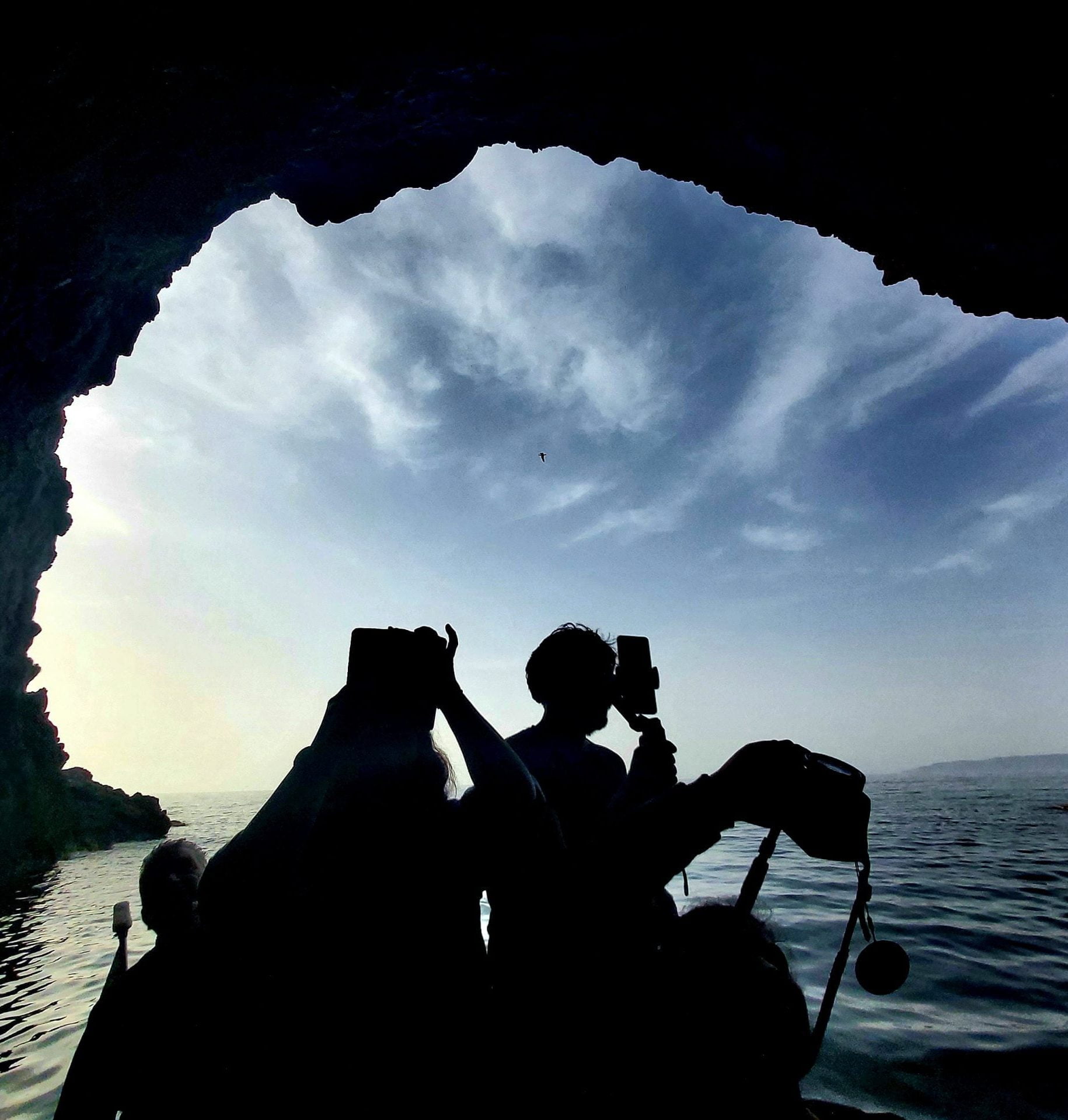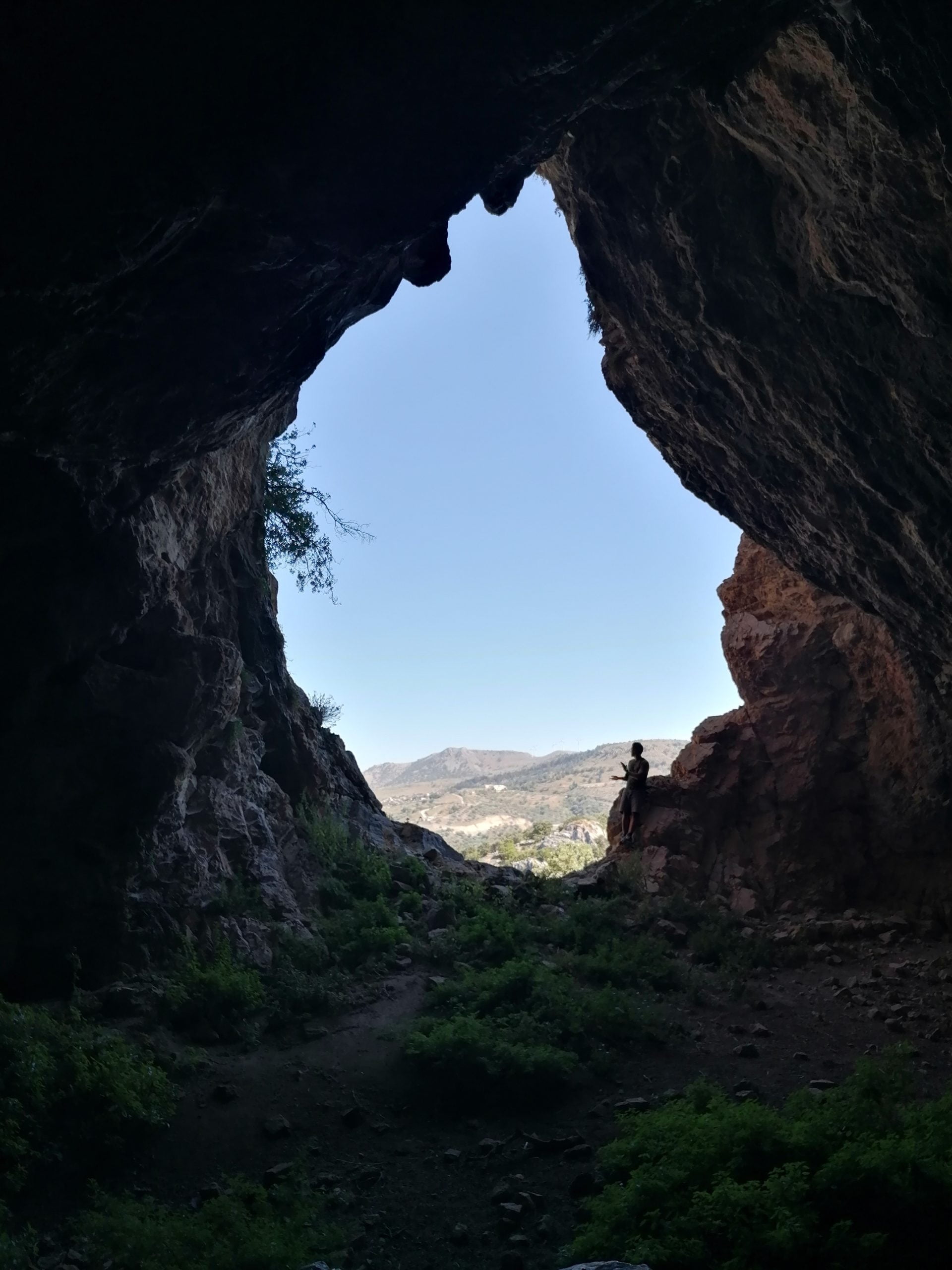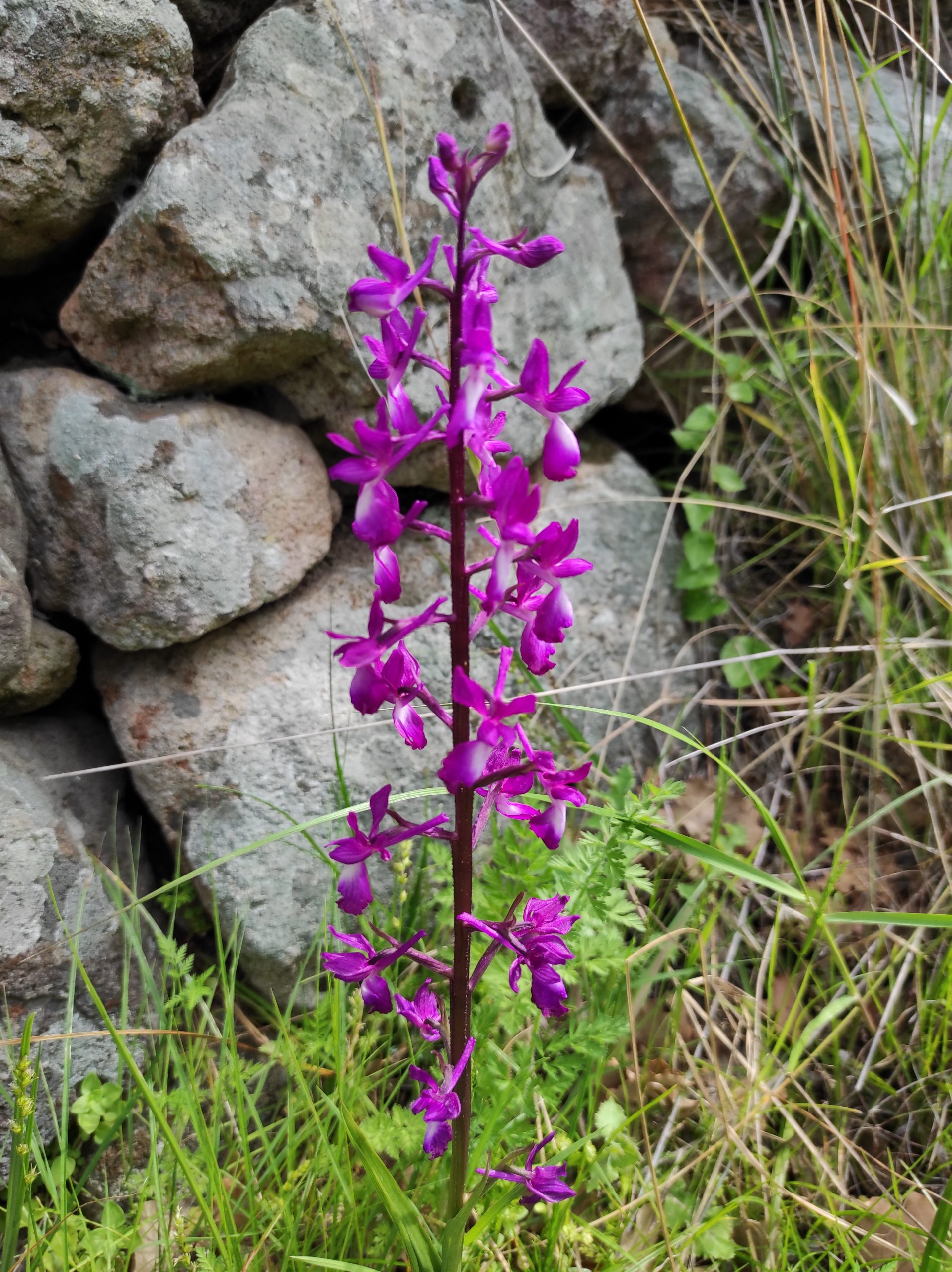The herbaceous vegetation of the island is also impressive. Two anemone species (Αnemone coronaria & A. pavonina) and daisy species (Anthemis chia & A. arvensis), red (Papaver rhoeas) and orange poppies (P. Levigatum), as well as asphodels (Asphodelus microcarpus), the typical plants of the Elysian Fields of ancient Greeks, bloom over extensive areas and create a multicolor display. The Lesbian Alyssum (Alyssum lesbiacum) seems to be the only endemic species on the island, while Rhododendron luteum (yellow azalea) and Haplophyllum megalanthum (orchid species) are plants of the Orient, which, in the Greek territory, grow only on Lesvos. Other species, such as Osmunda regalis (Royal fern), Datisca cannabina (False hemp), Comperia comperiana (Komper’s orchid), Dianthus anatolicus (small carnation), Elatine alsinastrum (chickweed), Corydalis integra, Ranunculus isthmicus (type of buttercup) and Silene urvillei (type of campion), are very rare in other parts of Greece.
It is worth mentioning Colchicum Automnale, a bulbous plant that flowers with the first autumn breeze, on the island. Its flower is perfect; it has both male reproductive organs, six stamens and female ones, three carpels. All parts of the plant are poisonous; they contain an active poison called colchicine. According to mythology, Medea daughter to the king of Colchis, killed her own children with its poison, and that’s how it got its name.
Finally, dozens of rare and quite elusive orchid species are a fascinating part of Lesbian flora, while there is a vast variety of toadstools and mushrooms, mainly in the district of Achladeri.


















